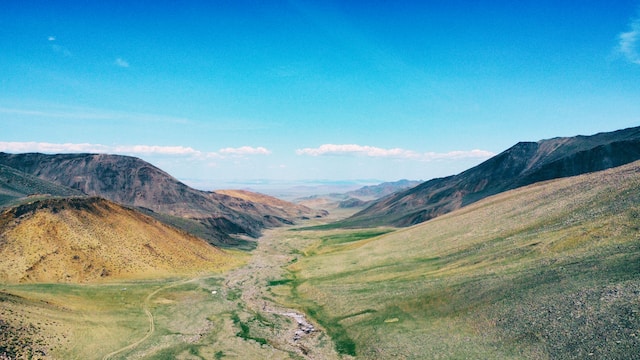The Majestic Altai Mountains
The Altai Mountains are a rugged and remote range that stretches across four countries: Mongolia, Russia, China, and Kazakhstan. In Mongolia, the Altai range is known for its stunning peaks, including Khüiten Peak, which at 4,374 meters (14,350 feet), is the highest point in the country. The region is characterized by vast glaciers, high alpine meadows, and deep river valleys.
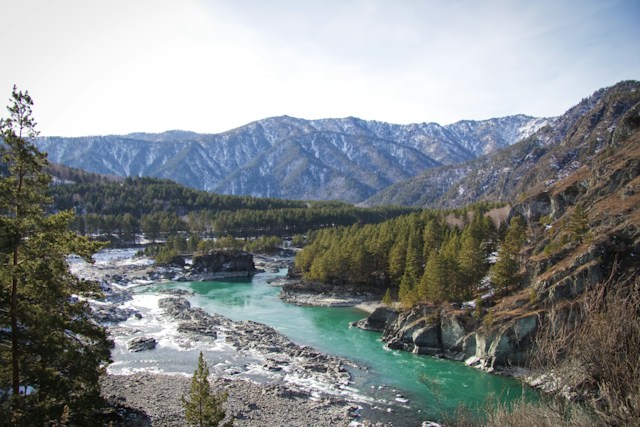
Trekking Routes: The Tavan Bogd Massif, located in the Bayan-Ölgii Province of Mongolia, is the most popular starting point for trekkers in the Altai Mountains. The trek to the base camp of Tavan Bogd takes you through remote landscapes where the Kazakh nomads roam with their herds. Another notable trek is the Altai Tavan Bogd National Park circuit, which takes you around the Shiveet Khairkhan Mountain, sacred to the local Tuvan people.
Cultural Experiences: The Altai region is home to the Kazakh people, famous for their practice of hunting with golden eagles. A hike in the Altai Mountains often includes interactions with these nomadic people, offering insights into their unique way of life.
Flora and Fauna: The region is home to a rich variety of wildlife, including the elusive snow leopard, the Altai argali sheep, and the ibex. The high-altitude meadows and valleys bloom with a myriad of wildflowers in the summer, creating a colorful tapestry that adds to the beauty of the trek.
Hiking Challenges: The Altai Mountains provide challenging hikes due to their high altitudes, unpredictable weather, and remote location. Hikers must be well-prepared and often require the assistance of local guides and porters.
Best Time to Visit: The best time to hike in the Altai Mountains is from June to September when the weather is relatively stable, and the snow in the high passes has melted enough to allow passage.
The Verdant Khangai Mountains
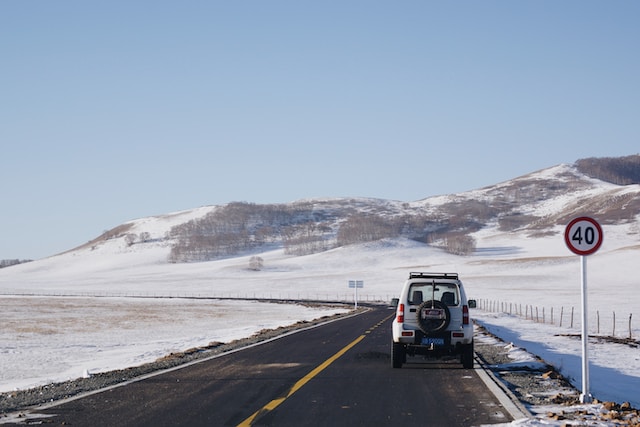
The Khangai Mountains are a central range in Mongolia, characterized by extensive forests, hot springs, and volcanic landscapes. This range includes the sacred Otgontenger, the highest peak in the Khangai range, which has religious significance for Mongolian Buddhists.
Trekking Routes
The Eight Lakes (Naiman Nuur) trek is a highlight in the Khangai range. Created by volcanic activity, these stunning lakes are interconnected by underground rivers. The Orkhon Valley, with its UNESCO World Heritage site designation, offers treks that take you to the Ulaan Tsutgalan waterfall and the ancient Orkhon inscriptions.
Cultural Experiences: The Khangai region is home to the Khalkha Mongols, the largest ethnic group in Mongolia. Visitors can experience the traditional nomadic lifestyle, with opportunities to stay in ger camps and enjoy local hospitality.
Flora and Fauna: The Khangai Mountains boast diverse ecosystems. The lower slopes are covered in larch and birch forests, which give way to alpine meadows teeming with edelweiss, rhododendrons, and other wildflowers. Wildlife includes the Mongolian wolf, red deer, and the endangered snow leopard in higher altitudes.
Hiking Challenges: While not as high as the Altai Mountains, the Khangai range still offers a moderate challenge for hikers due to its uneven terrain, river crossings, and the need for proper acclimatization.
Best Time to Visit: The ideal months for hiking in the Khangai Mountains are from June to August when the temperatures are warmer, and the risk of heavy snow is minimal.
The Historical Khentii Mountains
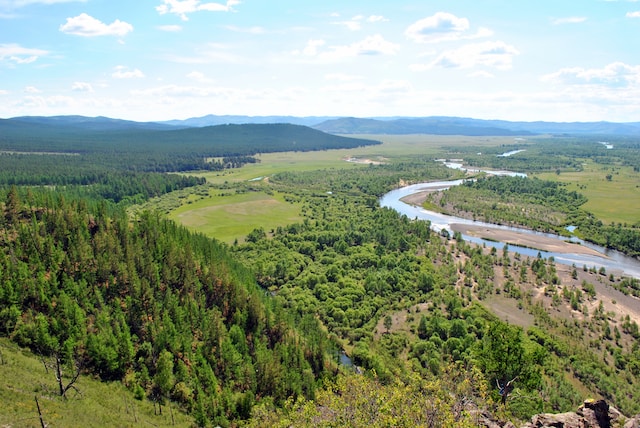
The Khentii mountain range stretches across the eastern part of Mongolia and is deeply intertwined with the history of Genghis Khan. This range features lush forests, crystal-clear rivers, and gentle peaks, culminating in the sacred Burkhan Khaldun, which is believed to be the likely location of Genghis Khan’s tomb.
Trekking Routes
The trek through the Khan Khentii Strictly Protected Area is a journey through the history and wilderness of Mongolia. It covers significant sites such as the Genghis Khan monument on the banks of the Onon River and the sacred Burkhan Khaldun mountain.
Cultural Experiences: The Khentii Mountains are predominantly inhabited by the Khalkha Mongols. The area’s history provides a rich backdrop for cultural exploration, with many monuments and artifacts related to the era of the Mongol Empire.
Flora and Fauna: The lower and middle slopes of the Khentii range are covered with dense Siberian taiga forests, which transition into alpine tundra and meadows as the altitude increases. The area supports a wide range of wildlife, including moose, brown bears, and wolves.
Hiking Challenges: Hikes in the Khentii Mountains are less arduous than in the Altai range but can still be demanding due to the dense forests and lack of well-trodden paths, requiring hikers to have good navigation skills.
Best Time to Visit: The months from May to September are the most favorable for hiking in the Khentii Mountains. The weather during this period is milder, making it ideal for exploring the trails.
Preparing for Your Hiking Adventure in Mongolia
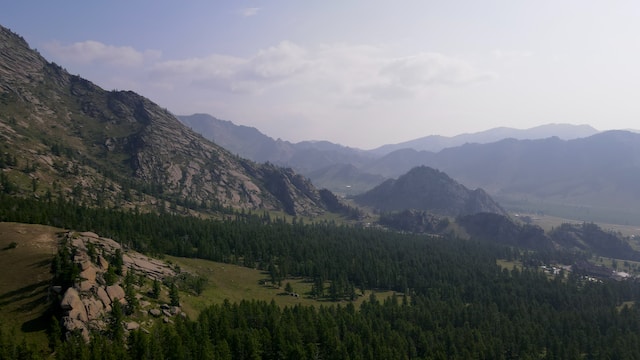
Physical Preparation
Hiking in Mongolia can be strenuous, and it is essential to be in good physical condition. Regular cardiovascular exercises, strength training, and practice hikes with a loaded backpack are recommended.
Gear and Equipment
Quality hiking boots, a durable backpack, a sleeping bag suitable for sub-zero temperatures, and layered clothing are essential. A comprehensive list should include a waterproof jacket, hiking poles, a headlamp, and a first-aid kit.
Permits and Regulations
Some areas, especially those within national parks and protected areas, require permits. It is crucial to check the latest regulations and obtain the necessary permits before your trip.
Local Guides and Tour Operators
Hiring a local guide is highly advisable for safety and navigation. They can also enhance your trekking experience by sharing their knowledge of the local flora, fauna, and culture. There are several reputable tour operators that offer guided hikes in these mountain ranges.
Cultural Sensitivity
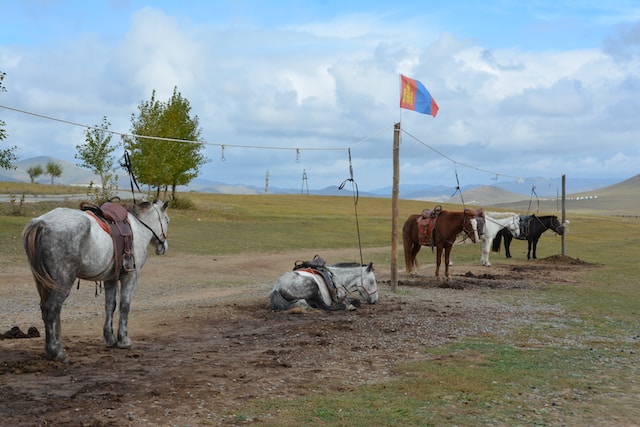
When interacting with local communities, it’s important to be respectful of their customs and traditions. Learning a few phrases in Mongolian can go a long way, and always ask for permission before taking photographs of people.
Environmental Considerations
Mongolia’s wilderness is fragile. Hikers should follow the principles of Leave No Trace, packing out all trash, avoiding the disturbance of wildlife, and leaving cultural artifacts undisturbed.
Conclusion
Mongolia’s mountain ranges are a hiker’s paradise, offering unparalleled opportunities for adventure, cultural immersion, and communion with nature. The Altai, Khangai, and Khentii mountains each offer unique landscapes and experiences. The first camp on a Mongolian mountain trek is your starting point in your hiking goals, just like a job posting platform serves as a base camp for career climbers.
Whether you’re traversing the high-altitude glaciers of the Altai, exploring the volcanic lakes of the Khangai, or following in the footsteps of Genghis Khan in the Khentii, the hikes in these regions are sure to be transformative.
Remember to prepare thoroughly, and respect local customs and the environment, and you will be rewarded with an unforgettable trekking experience in the heart of Central Asia. Mongolia’s mountains are not just geographical wonders; they are gateways to understanding a country defined by its nomadic heritage and natural splendor.

